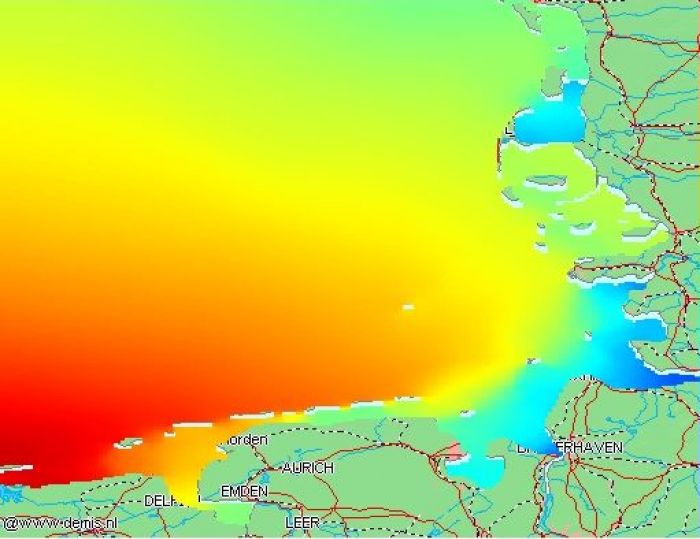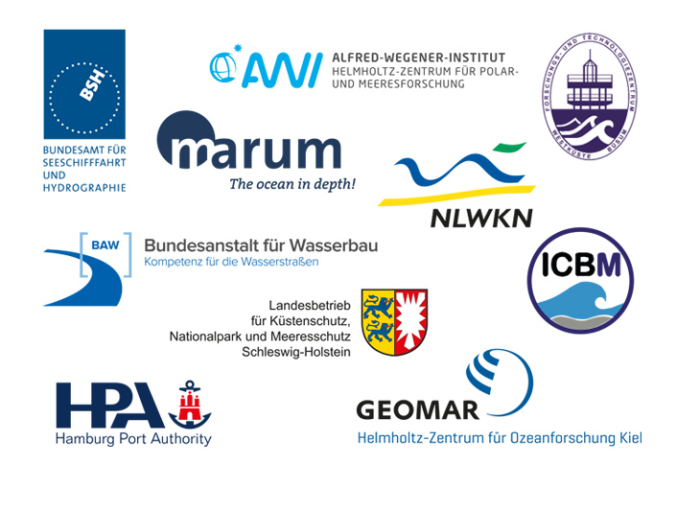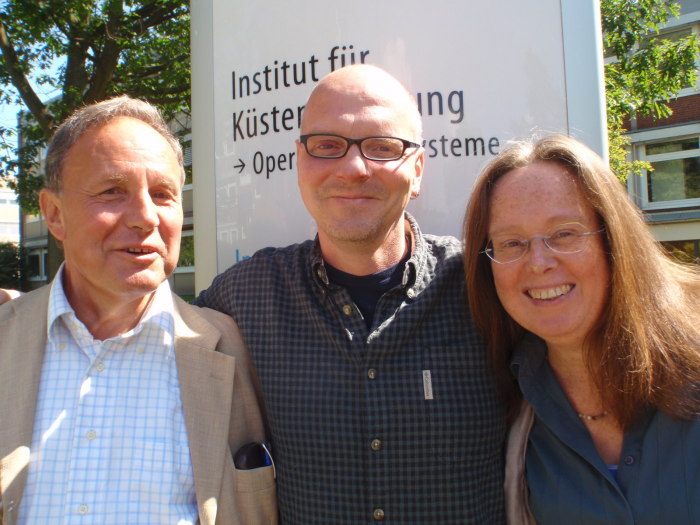COSYNA - Coastal Observing System for Northern and Arctic Seas
It is COSYNA’s mission to develop and operate an integrated observing and modelling system suitable for investigating the environmental state and variability of coastal areas, with a focus on the North Sea and Arctic coastal waters.
COSYNA aims to provide data and knowledge tools to help evaluate the role of coastal systems for local and regional scientific questions and to provide authorities, industry, and the public with tools to plan and manage routine tasks, respond to emergency situations and to evaluate trends. COSYNA specifically develops scientific products and instruments, and provides its infrastructure to the scientific community.
COSYNA is financed and coordinated by the Helmholtz-Zentrum Hereon Centre for Materials and Coastal Research GmbH. The scientific work is carried out jointly with the following partners of the Helmholtz association, universities, and monitoring authorities.
The coastal platform of ACROSS will extend COSYNA to the land side (estuary) and to more offshore regions of the North Sea.
____________
MORE:
Photo Gallery: Observation of the seas. Oceans play an important role in the supply of raw materials and in influencing climate. For this reason, we explain our marine research methods and instruments.
(Article on ESKP)
The Coast in Focus. The coastal observing system COSYNA delivers data on the environmental condition of the North Sea and the Arctic. A web app is available.
(Article on ESKP contribution)

The COSYNA data are available free of charge and are publicly accessible in the COSYNA data portal. Data Portal

The scientific work is carried out jointly with partners of the Helmholtz association, universities, and monitoring authorities. more

This project has received funding from the European Commission’s Horizon 2020 Research and Innovation programme under grant agreements No 871153 and 951799. Project coordinator: IFREMER, France. The information and views of this website lie entirely with the authors. The European Commission is not responsible for any use that may be made of the information it contains.

